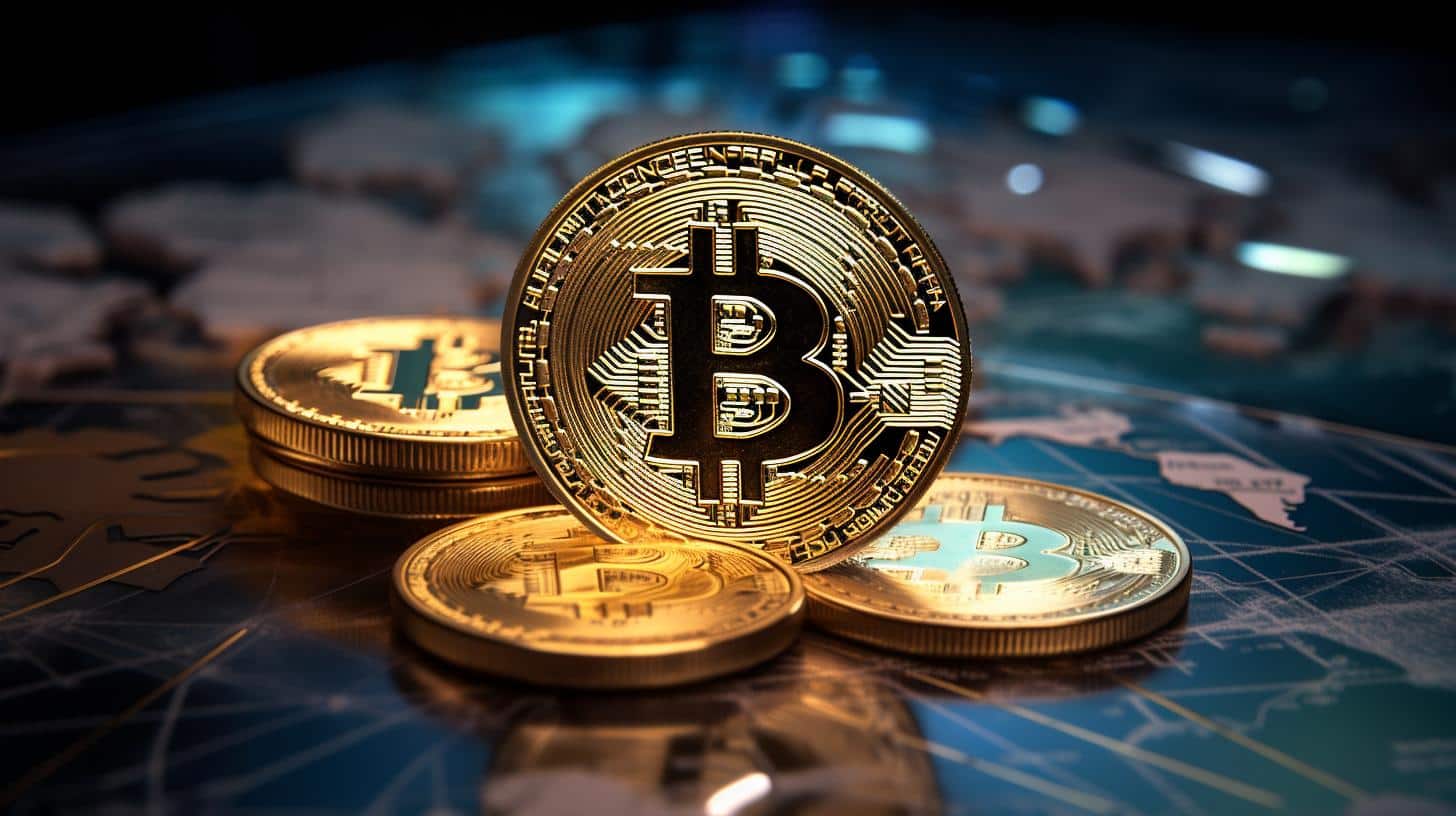Pakistan Invites Licensed Global Crypto Firms Under New Regulatory Framework
Pakistan has officially opened its digital asset market to international crypto businesses by inviting leading exchanges and virtual asset service providers (VASPs) to apply for operating licenses. This move is part of a new federal regulatory regime overseen by the Pakistan Virtual Asset Regulatory Authority (PVARA).
On Saturday, PVARA issued a call for Expressions of Interest (EoIs), targeting firms already licensed by reputable regulators such as the US Securities and Exchange Commission (SEC), the UK Financial Conduct Authority, the EU’s VASP framework, the UAE’s Virtual Assets Regulatory Authority, and Singapore’s Monetary Authority.
Bilal bin Saqib, PVARA chair and minister of state for crypto and blockchain, emphasized the initiative as an invitation to leading VASPs to contribute to a transparent and inclusive digital financial ecosystem in Pakistan. The country currently ranks third worldwide in cryptocurrency adoption, underscoring the significance of this regulatory opening.
Wall Street Veteran Predicts Increased Bitcoin Allocations by US Institutions
In a separate development, macro analyst and Wall Street veteran Jordi Visser forecasted a rise in Bitcoin allocations by traditional US financial institutions before the end of 2024. Speaking with Anthony Pompliano, Visser stated that portfolio allocations to Bitcoin are expected to increase in preparation for the upcoming year.
This anticipated shift coincides with market debates regarding whether Bitcoin’s price will peak during the current cycle’s final quarter. Visser’s outlook suggests growing institutional confidence in Bitcoin as a strategic asset.
Stablecoins May Lose Individual Tickers, Transitioning to Generic ‘USD’ Label
Helius CEO Mert Mumtaz offered insights into the future of US dollar-pegged stablecoins, predicting they will eventually lose their distinct price tickers. According to Mumtaz, stablecoins have become largely commoditized, with minimal perceptible differences for end users.
He envisions exchanges removing individual tickers such as USDC, USDT, or USDX, instead displaying a unified ‘USD’ label within applications. Behind the scenes, stablecoin swaps would occur seamlessly through standardized backend infrastructure, streamlining user experience.
This perspective follows recent competitive developments in the stablecoin sector, including the Hyperliquid stablecoin (USDH) bidding war, amid a market capitalization exceeding $280 billion and rapid growth in stablecoin adoption.
FinOracleAI — Market View
The invitation by Pakistan’s regulatory authority to globally licensed crypto firms reflects an effort to formalize and expand its digital asset ecosystem, likely attracting institutional and retail participation. This regulatory clarity is positive for market confidence in the region.
Meanwhile, the forecast of increased Bitcoin allocations by US financial institutions signals potential upward pressure on Bitcoin demand and price, although market timing risks remain amid ongoing volatility.
The anticipated consolidation of stablecoin tickers into a generic ‘USD’ label suggests maturation and commoditization of this segment, which could enhance usability but may also reduce brand differentiation among stablecoin issuers.
Investors and market participants should monitor Pakistan’s licensing outcomes, institutional Bitcoin adoption metrics, and stablecoin infrastructure developments for further directional cues.
Impact: positive













